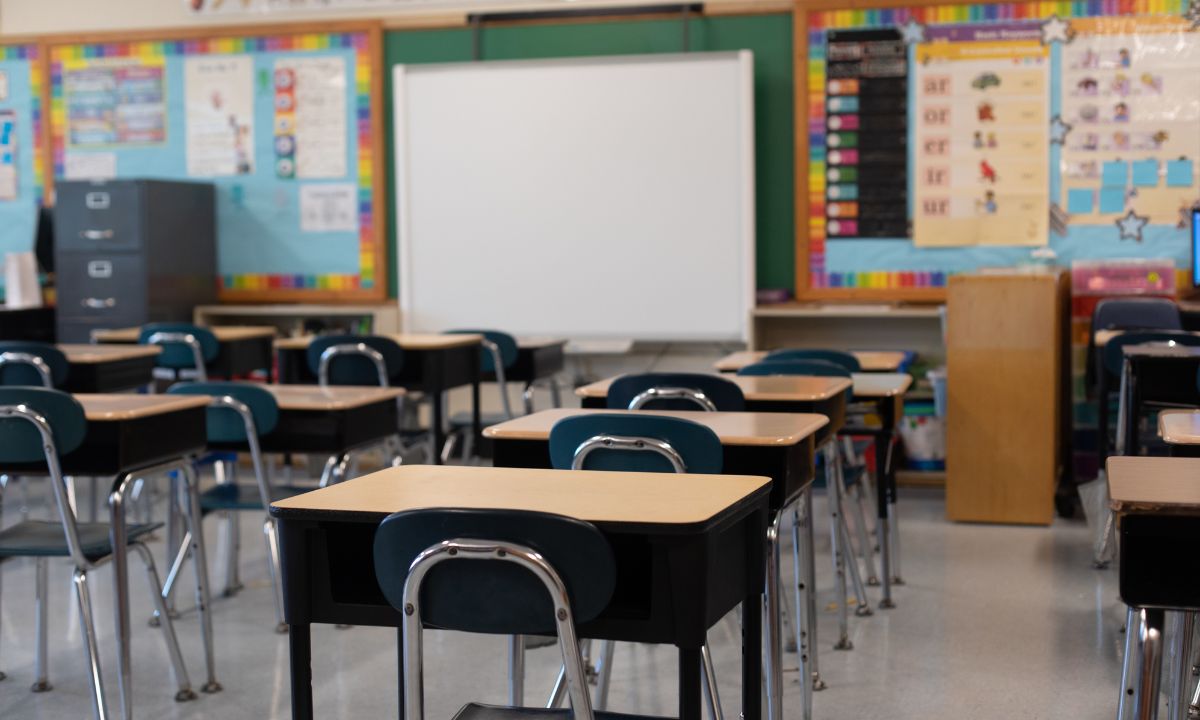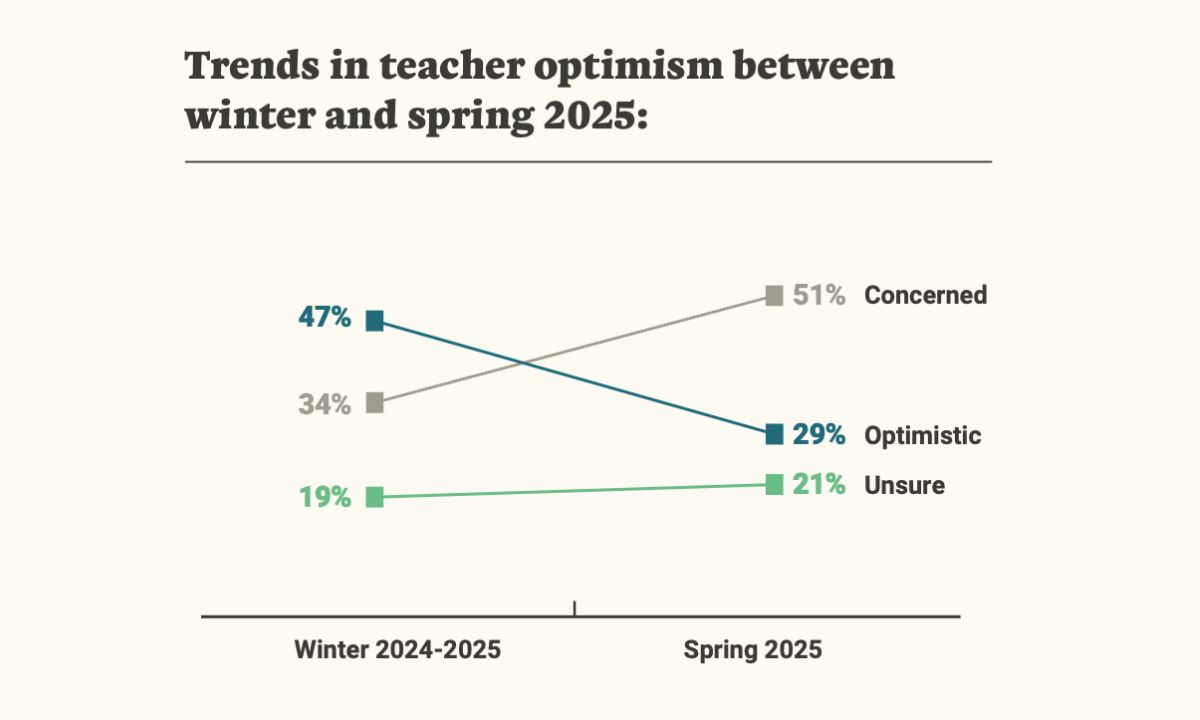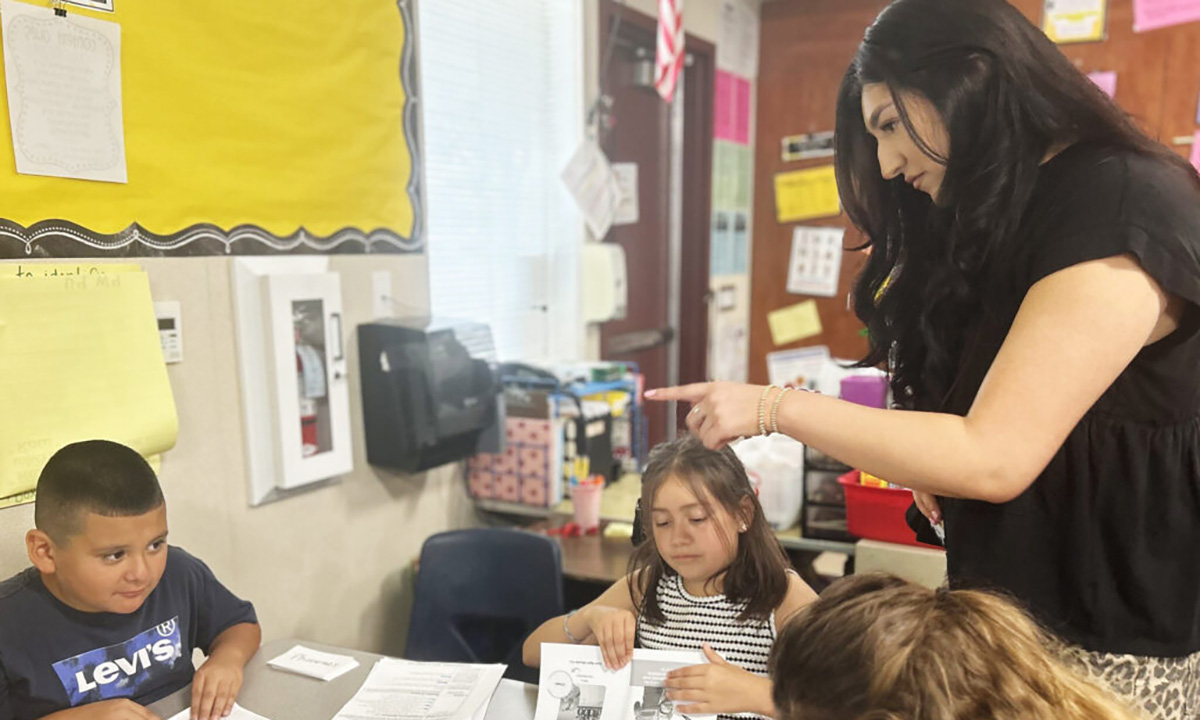The demolition of the U.S. Department of Education by the Trump administration is a cause for alarm among Americans. For many years, the agency has carried out crucial tasks that states and local agencies just cannot accomplish alone, like performing national assessments, making sure school districts and schools uphold children’s civil rights, and assisting college students in obtaining financial aid.
However, other performers have continued to support some of the department’s work despite its weakness. A network of regional education groups has long supported and even led one of its primary roles, which is to assist educators in learning about and putting promising improvement techniques into practice.
Together, these groups—which range from neighborhood parent-teacher associations and community-based initiatives to large philanthropies and research-practice partnerships—prove to be exceptionally adept at disseminating knowledge about successful K–12 practices, assisting district and school administrators in creating improvement plans, and mobilizing support for these initiatives.
Furthermore, these neighborhood groups have an impact on more than just local schools. My study has shown me that many of these organizations have established relationships with school districts and with each other over a long period of time. These groups, which operate covertly, have frequently built an unseen infrastructure to promote progress and change across the country.
As I’ve studied the history of high school dropout prevention systems, I’ve witnessed how community members who pushed for these changes, school coaches who collaborated with schools to lower dropout rates, philanthropic managers who provided funding for these programs, and researchers who examined graduation trends have all contributed to changes. So what does this network of regional groups teach us?
First, local groups share a wealth of knowledge. Organizations in Baltimore, Chicago, Philadelphia, and New York City discovered in the early 2000s that ninth-grade student performance may anticipate the issue of dropout. In addition to publishing their findings, researchers from Johns Hopkins University and the University of Chicago addressed a range of groups, including legislators in the nation’s capital and local high school instructors. In addition to other NGOs who used these indications in their work with schools, they collaborated with other researchers who have since investigated these early warning markers. As schools, organizations, and local scholars worked together, solutions to the issue of student dropouts gradually became apparent.
Second, local organizations build trust with schools and adapt innovations. Nonprofits did more than simply copy a list of recommendations from one school to another in the 2010s when they were implementing systems to help students graduate from high school. Instead, many of these education organizations worked with teachers for years, earning the trust of districts and schools while continuously modifying their tactics to meet the requirements of their partners. Schools valued collaborating with their partners outside of school, obtaining their own data, and developing customized solutions. In the process, projects and changes that initially seem alien start to feel oddly familiar.
Third, in a subject that is always evolving, local groups offer stability and concentration. New initiatives are often introduced when school boards are replaced and new superintendents are appointed. Maintaining current initiatives may become more difficult as a result. They can get stability and concentration from their partner organizations. For example, keeping ninth graders on track to graduate has been a top priority for groups like the UChicago Consortium on School Research and coaches from the university’s Network for College Success. High school graduation rates in cities like Chicago have increased considerably as a result of this concentration, rising from 50% in the early 2000s to 85% in 2024. Without the consistent efforts of local research, data, and coaching organizations collaborating with schools over a 20-year period, that result would not have been feasible.
To be clear, the U.S. Education Department cannot be replaced by local entities. To create financial aid guidelines, disburse Title I funding, gather national data, encourage testing innovations, and advance K–12 initiatives, our country requires a federal agency. However, it’s crucial to acknowledge that the United States has a robust network of local organizations that are connected, and this network can significantly contribute to the advancement of K–12 education.
A few warnings are necessary. One is that the wealthiest districts and schools may form the closest ties with these groups, which will only make already-existing disparities worse. While a rural district on the opposite side of the state finds it difficult to draw any attention at all from researchers, philanthropists, or community groups, an affluent suburban district with its well-connected PTA members frequently draws a lot of research partners.
Another is the possibility of establishing a shadow bureaucracy that would pose a threat to current leaders in education. Nonprofits and philanthropists occasionally promote their own projects with little oversight or without community involvement. To help promote democratic discussion about their goals for school development, partner groups should at the very least establish a steering committee made up of district officials, union leaders, teachers, parents, students, community members, and other varied voices. However, some companies fail to look for this kind of advice.
However, taken as a whole, these groups could help bring about constructive reforms in a decentralized educational system. It is easy to be pessimistic about the future given the political challenges of today. However, given the potential closure of the Department of Education, educators should recognize and develop methods to support local NGOs, philanthropic organizations, and scholars who influence not only our local schools but also the educational landscape of the country.








